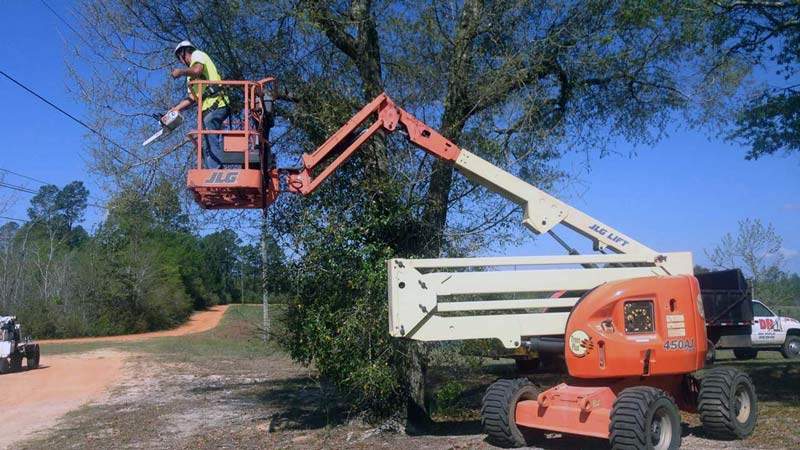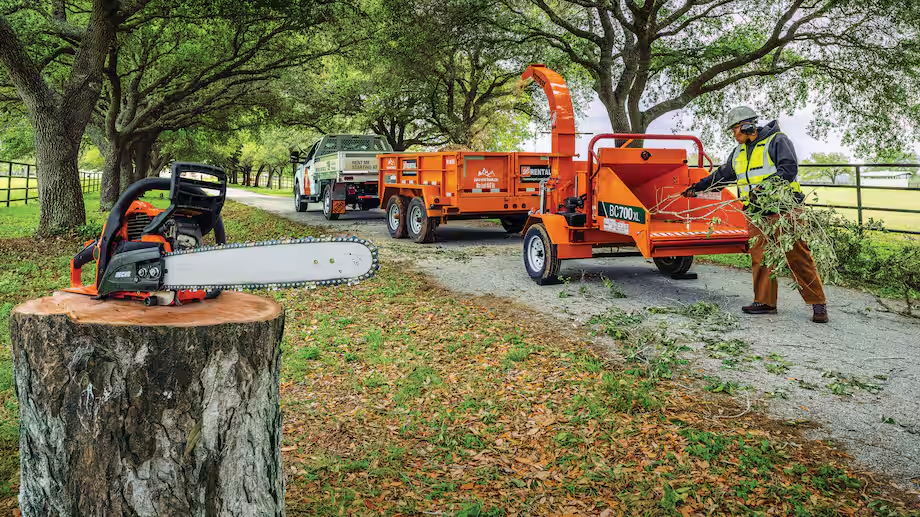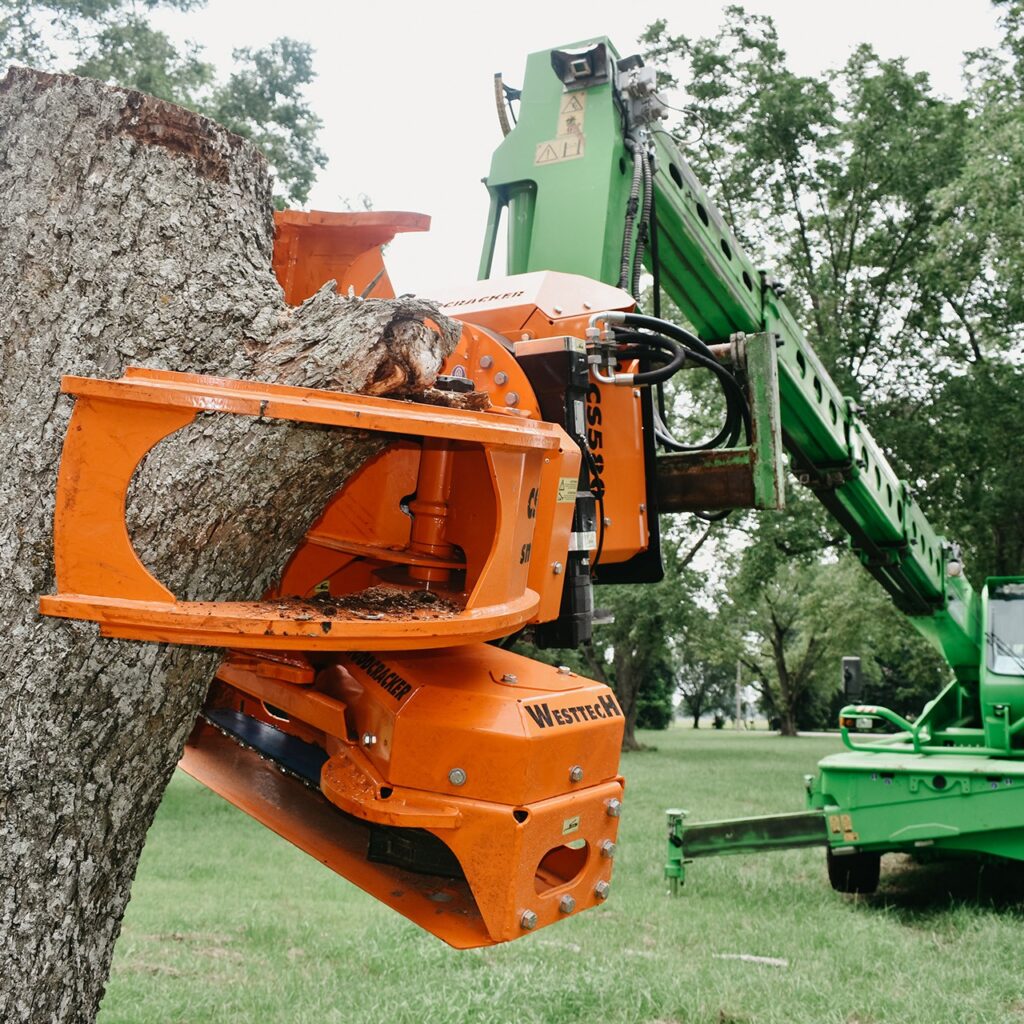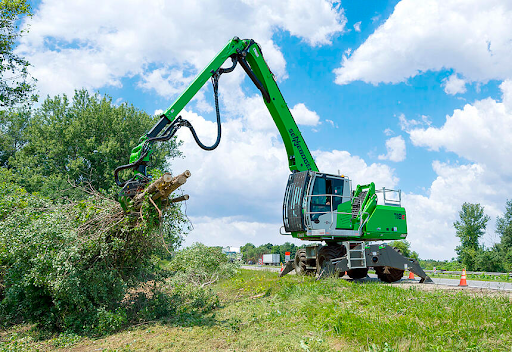Renting Tree Removal Equipment: Your Complete Guide
Introduction
When that leaning tree or old stump in your yard needs to go, taking matters into your own hands can save time and money. Renting tree removal equipment is the perfect solution for homeowners and small contractors alike. But how do you get started? What equipment is required, and where can you source it? This guide will walk you through every aspect of renting tree removal equipment to make your project as smooth and safe as possible.
Expanded Sections
Chainsaws
renting tree removal equipment Chainsaws are the backbone of tree removal. But not all chainsaws are created equal.
Gas Chainsaws: Ideal for large, tough jobs. They’re powerful, durable, and can run for long periods. Nevertheless, they demand consistent upkeep and generate emissions.
Electric Chainsaws: These are quieter, lightweight, and easier to maintain. They work best for smaller trees and branches close to a power source. For cordless options, look for battery-operated models.
Pro Tip: Match the chainsaw bar length to the tree size. A longer bar (16-20 inches) works better for thick trees, while shorter bars are for smaller jobs.
Wood Chippers
Wood chippers simplify cleanup by breaking down large branches into mulch or chips.
Small Chippers: Best for home projects with branches up to 2 inches thick.
Industrial Chippers: These can handle logs and thick branches but are more expensive to rent and harder to transport.
Did You Know? The chips produced can be used as mulch for landscaping, helping retain soil moisture and reduce weeds.

Stump Grinders
Stumps are often left behind after tree removal, becoming an eyesore or a tripping hazard.
Manual Grinders: Lightweight and inexpensive, but labor-intensive.
Powered Grinders: These can grind stumps down in minutes but require proper handling.
Additional Safety Tips
Securing the Area
Before starting, ensure the area around the tree is clear of people, pets, and valuables. Falling branches can cause unexpected damage.
Working with a Spotter
Have someone act as a spotter to guide and warn you about potential hazards.
Emergency Plan
Always have a first-aid kit nearby and know how to contact emergency services in case of accidents.
Costs Involved in Renting Tree Removal Equipment
Breaking down the expenses helps you budget effectively:
Chainsaws: $25–$75/day, depending on size and power.
Wood Chippers: $100–$300/day for industrial models.
Stump Grinders: $75–$200/day, with extra for fuel.
Safety Gear: $10–$30/day or included in some rental packages.
Extra Costs: Look out for cleaning fees, damage insurance, and late-return penalties.
Environmental Considerations
Tree removal can have environmental impacts. Here are ways to minimize them:
Recycle Tree Debris: Use wood chips for landscaping or donate them to community projects.
Avoid Unnecessary Tree Removal: Only remove trees that are dead, diseased, or hazardous.
Protect Surrounding Vegetation: Be cautious about damaging nearby plants during the process.
Additional Benefits of Renting Equipment
No Long-Term Commitment
Renting is ideal if tree removal is a one-time task. You eliminate the burden of storage and upkeep expenses that come with owning bulky equipment.
Access to High-End Tools
Rental services often provide top-notch, well-maintained equipment that would otherwise be too expensive to purchase.
Flexibility
Need a stump grinder today and a wood chipper tomorrow? Renting allows you to switch tools as needed without extra investment.
When Should You Hire Professionals Instead?
While renting is cost-effective for many, there are situations where professional help is better:
Large or Dangerous Trees: Trees near power lines or buildings require specialized expertise.
Limited Time: If you can’t dedicate the time required for a DIY approach.
Lack of Confidence: If you’re unsure about handling heavy equipment safely, it’s best to call in the pros.
Expanded FAQs
What kind of safety training is needed to use tree removal equipment?
Most equipment rentals include basic operating instructions. However, for complex tools like stump grinders, it’s worth watching tutorials or consulting with experts.

Are there restrictions on renting equipment for residential areas?
Some areas may have noise ordinances or permit requirements, so check local regulations before starting.
Is it possible to rent several pieces of equipment at the same time?
Yes, many rental providers offer package deals for chainsaws, chippers, and safety gear to save costs.
What happens if the equipment malfunctions during use?
Contact the rental company immediately. Many provide replacements or on-site support for faulty tools.
How do I ensure I return equipment in good condition?
Clean the equipment, refill fuel if required, and report any minor damages upfront to avoid additional charges.
Conclusion
Renting tree removal equipment is an affordable, efficient way to tackle your outdoor projects. From chainsaws to wood chippers, knowing what to rent and how to use it safely can save you time, money, and frustration. With proper planning and the tips shared here, you’ll be well-prepared to handle any tree removal task.

